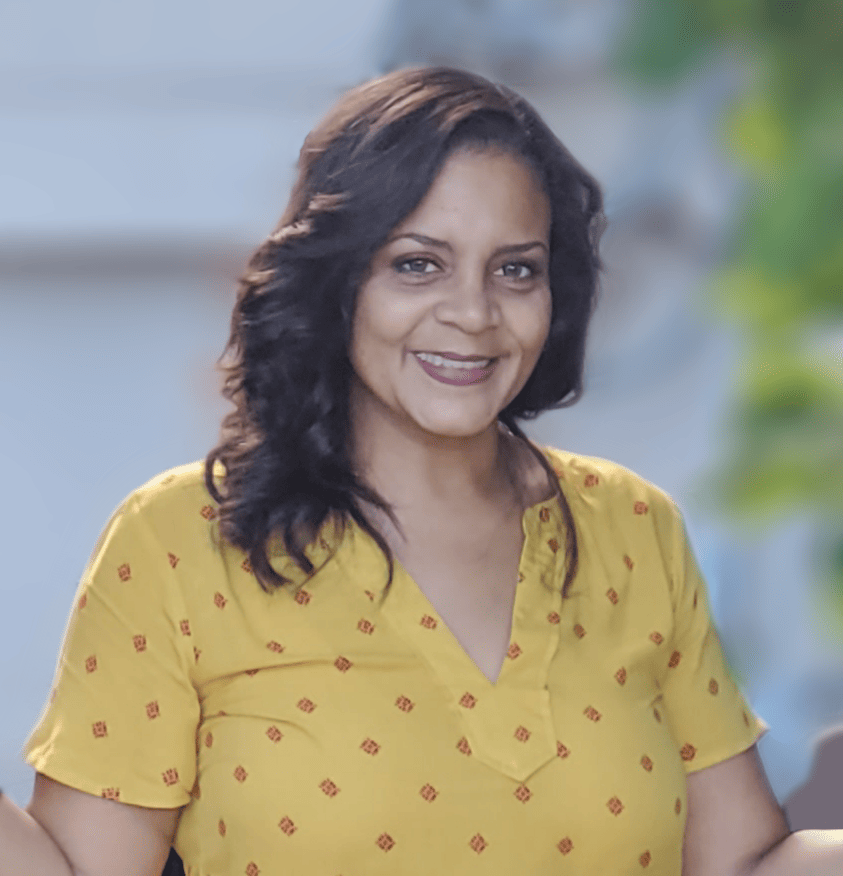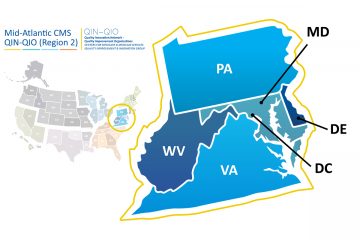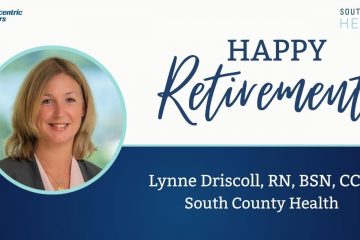Our newest board member, Allyson Ventura-Tesillo, describes herself as a “Jackie of many trades.” She isn’t kidding.
 Ms. Ventura-Tesillo is currently earning her Master’s in Social Work at Rhode Island College while working as a Certified Community Healthcare Worker specializing in diabetes and cardiovascular disease. However, she’s been focused on meeting community health needs in previous roles as an Alzheimer’s Program facilitator, Physician Outreach Coordinator, and certified medical interpreter.
Ms. Ventura-Tesillo is currently earning her Master’s in Social Work at Rhode Island College while working as a Certified Community Healthcare Worker specializing in diabetes and cardiovascular disease. However, she’s been focused on meeting community health needs in previous roles as an Alzheimer’s Program facilitator, Physician Outreach Coordinator, and certified medical interpreter.
She became familiar with Healthcentric Advisors when attending stakeholder meetings as a Diabetes Prevention Program master trainer working with Rhode Island Department of Health and Rhode Island Parent Information Network. The Central Falls High school grad aims to get her doctorate in psychology.
Growing up in Central Falls meant Ms. Ventura-Tesillo built a close relationship with the multifaceted community organization Progreso Latino. She connects clients to essential community resources to meet social needs and is involved in their food pantry.
When we spoke, she was busy wrapping up final papers, listening to meetings, and filling orders for the seasonal desserts she makes for family and friends that help pay for her college tuition.
What kind of work do you do?
At Progreso Latino, I piloted a program called “Path to Wellness,” where we would get referrals for patients who had chronic diseases like diabetes and high blood pressure. We want patients to take care of their health. But if you’re going through a hundred and one social determinants of health issues, the last thing you care about is your diabetes–if you don’t have food.
We exceeded our number of people served by threefold in that first year. And at the end of our third year, we still served many people, but COVID-19 hit and threw a monkey wrench into the whole thing. We were still able to help them, but in a different capacity, because now we couldn’t really have programming.
We had a lot of struggles with electronics because not everybody has a tablet or a smartphone or is tech-savvy, and that was a significant barrier for us when trying to go virtual.
How do the SDOH screenings work?
In my current position, which is no longer at Progreso Latino, I have several duties. One of them is that I call people who didn’t receive the screening while in the doctor’s office during an appointment. It’s super simple, 12 questions with a yes or no answer. The provider wants to know if their patients have SDOH needs, so we can assist in addressing them by referrals to community resources, but only if the patient wants the help. We use UniteUs and 211 as well as other community agencies when referring.
My other responsibility is working with patients who frequent the Emergency Department. We work to address the reasons for the visit and get them back on track with their provider visits.
What other kinds of community work do you do?
I still am very involved with the food pantry at Progreso, and I took it upon myself to deliver food to our clients who were at home with COVID-19 during the midst of the pandemic.
And that’s something I did because I wanted to do it. I didn’t want clients to go without eating or having food because they had COVID-19 and couldn’t get to the food pantry.
What do you think are the most significant health disparities you see through your work in the community?
In the immigrant communities? It would be health insurance and the language barriers to getting health care. And because a lot of people are undocumented, they’re afraid to ask for help.
I did my first internship at the Rhode Island Free Clinic. I would enroll patients into the clinic and at the same time connect them to services if they had any social needs.
During COVID-19, it was so hard to get people to come and get tested, then to receive the vaccine because people were afraid of immigration and the authorities. We had to ask for their demographic information, but that scared people. We collected it, so we would have a general idea of who we were serving, not because we would send the authorities to their house. People just don’t understand and are scared. So when the National Guard took over the testing sites, I said they couldn’t be in uniform because there was no way anybody would come.
But I think our population feels a little bit more comfortable now, mainly because they know that we’re there to help them, and we will protect them to the best of our ability.


